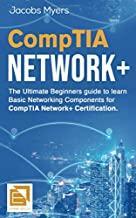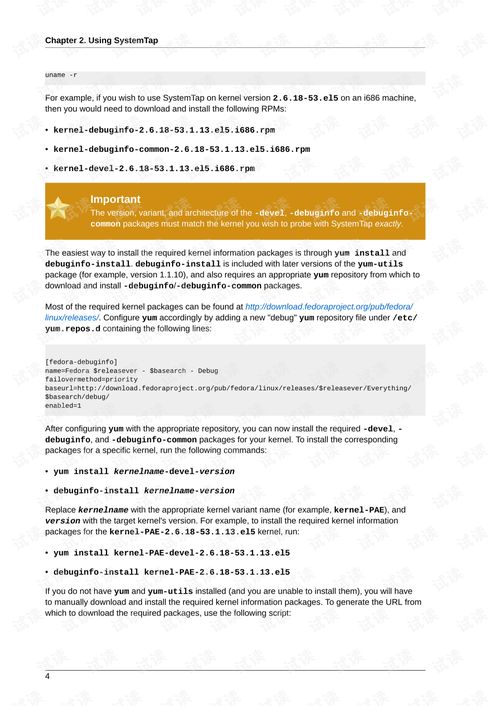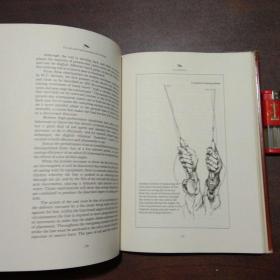Introduction:
Fishing is an ancient and cherished pastime that offers relaxation, a connection with nature, and the thrill of the catch. For beginners, the world of fishing can seem daunting, especially when it comes to mastering the art of using a fishing rod. In this comprehensive guide, we'll walk you through the essential steps and techniques to help you get started on your fishing journey with confidence.
Choosing the Right Fishing Rod:
The first step in learning how to use a fishing rod is to choose the right one. Here are some factors to consider:
- Length: The length of the rod should match your height and the type of fishing you plan to do. Longer rods are better for casting over long distances, while shorter rods are more versatile for close-range fishing.
- Action: The action of a rod refers to how it bends when pressure is applied. Fast-action rods are ideal for light lures and species like panfish, while slow-action rods are better for heavy lures and larger fish.
- Material: Fishing rods are typically made from materials like graphite, fiberglass, or composite materials. Graphite rods are lightweight and sensitive, while fiberglass rods are more durable and forgiving.
Basic Casting Techniques:
Casting is a fundamental skill that every beginner must learn. Here's a step-by-step guide to casting a fishing rod:
- Assembly: Make sure your rod is properly assembled, with the reel attached securely and the line threaded through the guides.
- Line Management: Pay out enough line to reach your intended casting distance, leaving a few feet of line coiled on the reel.
- Grip: Hold the rod with a comfortable grip, using your index finger and thumb to hold the reel.
- Backcast: Bring the rod back over your head in a smooth, controlled motion, allowing the line to straighten out.
- Forward Cast: Bring the rod forward with a quick, powerful motion, aiming for your intended target.
- Landing: Allow the lure to settle into the water with a gentle, upward motion of the rod tip.
Tackle and Bait:
Choosing the right tackle and bait is crucial for a successful fishing trip. Here are some tips:
- Tackle: Start with a basic tackle box containing hooks, sinkers, swivels, and leaders. The size and type of tackle will depend on the species you're targeting.
- Bait: Live bait like worms, minnows, or leeches can be effective, but artificial lures like spinners, jigs, and flies can also be very productive.
Learning to Fish:
Once you've mastered casting, it's time to learn how to fish effectively:
- Patience: Fishing requires patience. Wait for the fish to bite, rather than constantly reeling in and out.
- Reading the Water: Observe the water for signs of fish activity, such as bubbles, ripples, or shadows.
- Timing: Pay attention to the timing of your hooksets. A quick, firm pull is often all it takes to set the hook.
Safety and Etiquette:

Always prioritize safety and practice good fishing etiquette:
- Safety: Wear appropriate clothing and footwear, and be aware of your surroundings to avoid accidents.
- Etiquette: Respect the environment and other anglers. Keep noise levels down, and follow local fishing regulations.
Conclusion:
Using a fishing rod is a skill that takes time to develop, but with practice and patience, beginners can quickly become proficient. By following these tips and techniques, you'll be well on your way to enjoying the rewarding experience of fishing. Happy fishing!












